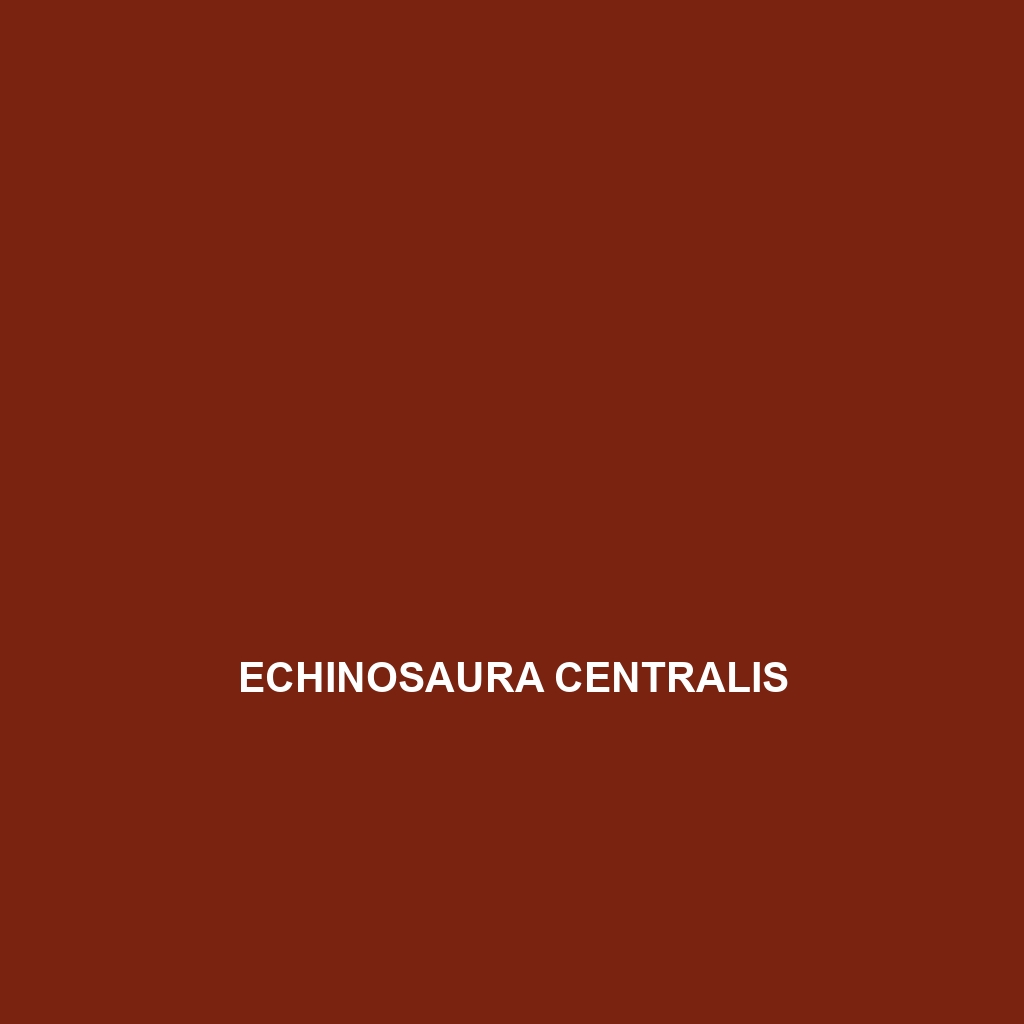Ramphotyphlops similis, also known as the Similis Blind Snake, is a small, cylindrical burrowing species native to Southeast Asia, primarily found in tropical rainforests and savannas. This nocturnal snake, typically measuring 20 to 45 cm in length, feeds on small invertebrates like earthworms and plays a vital role in its ecosystem by aiding soil health through aeration and pest control.
Tag: ecosystems and reptiles
Philodryas nattereri
<b>Philodryas nattereri</b>, or Natterer's Green Snake, is a medium-sized, vibrant green snake found in the rainforests of South America, known for its excellent climbing skills and carnivorous diet consisting of small mammals, birds, and lizards. This diurnal species plays a vital role in its ecosystem by regulating prey populations while exhibiting fascinating behaviors like camouflage and unique courtship displays.
Pachydactylus oshaughnessyi
<p><b>Pachydactylus oshaughnessyi</b> is a medium-sized gecko native to southern Africa, characterized by its elongated, flattened body and large, bulbous toes for excellent grip on rocky terrains. This nocturnal insectivore exhibits distinct earthy coloration for camouflage and plays a crucial role in regulating insect populations within its ecosystem.</p>
Liolaemus lopezi
Discover the unique Liolaemus lopezi, or Lopez's Liolaemus, a diurnal lizard native to the Patagonian region of Argentina, thriving in temperate forests, savannas, and rocky outcrops. With a length of 15 to 25 centimeters, this omnivorous species exhibits vibrant mating displays and plays a vital role in its ecosystem by controlling insect populations while serving as prey for larger predators.
Leptodeira tarairiu
Discover the <b>Leptodeira tarairiu</b>, or tarairiu snake, a medium-sized, nocturnal insectivore native to the tropical and subtropical regions of Central and South America. With its striking coloration and excellent camouflage, this unique snake thrives in diverse habitats, playing a vital role in controlling insect and small vertebrate populations.
Hemidactylus pakkamalaiensis
<p><b>Pakkamalai Gecko (Hemidactylus pakkamalaiensis)</b>, a medium-sized and nocturnal gecko native to the tropical forests of South India’s Western Ghats, features a slender body with camouflaged patterns and adhesive toe pads for climbing. This insectivorous species plays a vital role in its ecosystem by controlling insect populations and serving as prey for larger animals.</p>
Gonatodes humeralis
Discover the captivating Gonatodes humeralis, a vibrant rainforest lizard that thrives in humid, tropical habitats across Central and South America. Known for its iridescent scales and intricate social behaviors, this nocturnal insectivore plays a vital role in maintaining ecosystem balance while showcasing remarkable adaptability and unique color-changing abilities.
Erythrolamprus cursor
Discover the Cursor Snake (Erythrolamprus cursor), a medium-sized, nocturnal serpent native to the rainforests and savannas of Central and South America, known for its striking pattern of dark brown and golden-yellow bands, impressive hunting skills, and vital ecological role as both predator and prey. This fascinating species thrives in moist environments and plays a crucial part in maintaining the balance of its diverse ecosystem.
Echinosaura centralis
<p><b>Echinosaura centralis</b> is a vibrant omnivorous lizard found in the tropical rainforests and savannas of Central America, known for its distinctive spines, prehensile tail, and nocturnal behavior. This versatile species contributes to its ecosystem by controlling insect populations and facilitating seed dispersal while exhibiting a fascinating social hierarchy and camouflage abilities.</p>
Cylindrophis opisthorhodus
The Cylindrophis opisthorhodus, or red-headed rat snake, is a medium-sized, nocturnal snake found in tropical Southeast Asia, characterized by its striking reddish-brown head and dark, metallic body. This species plays a vital role in its ecosystem by preying on small mammals and frogs, but is currently listed as "Vulnerable" due to habitat loss.</p>









